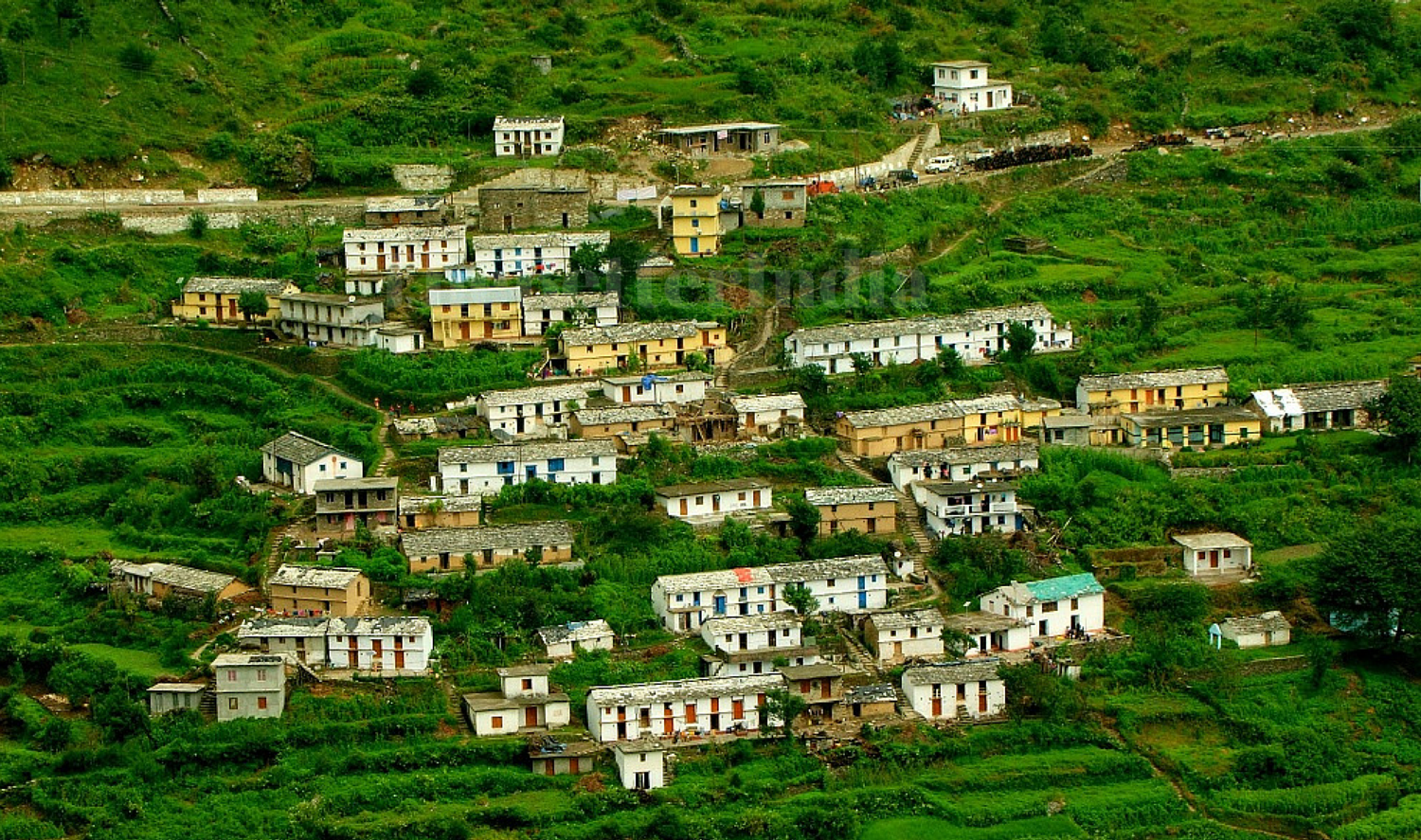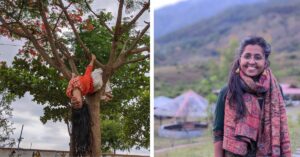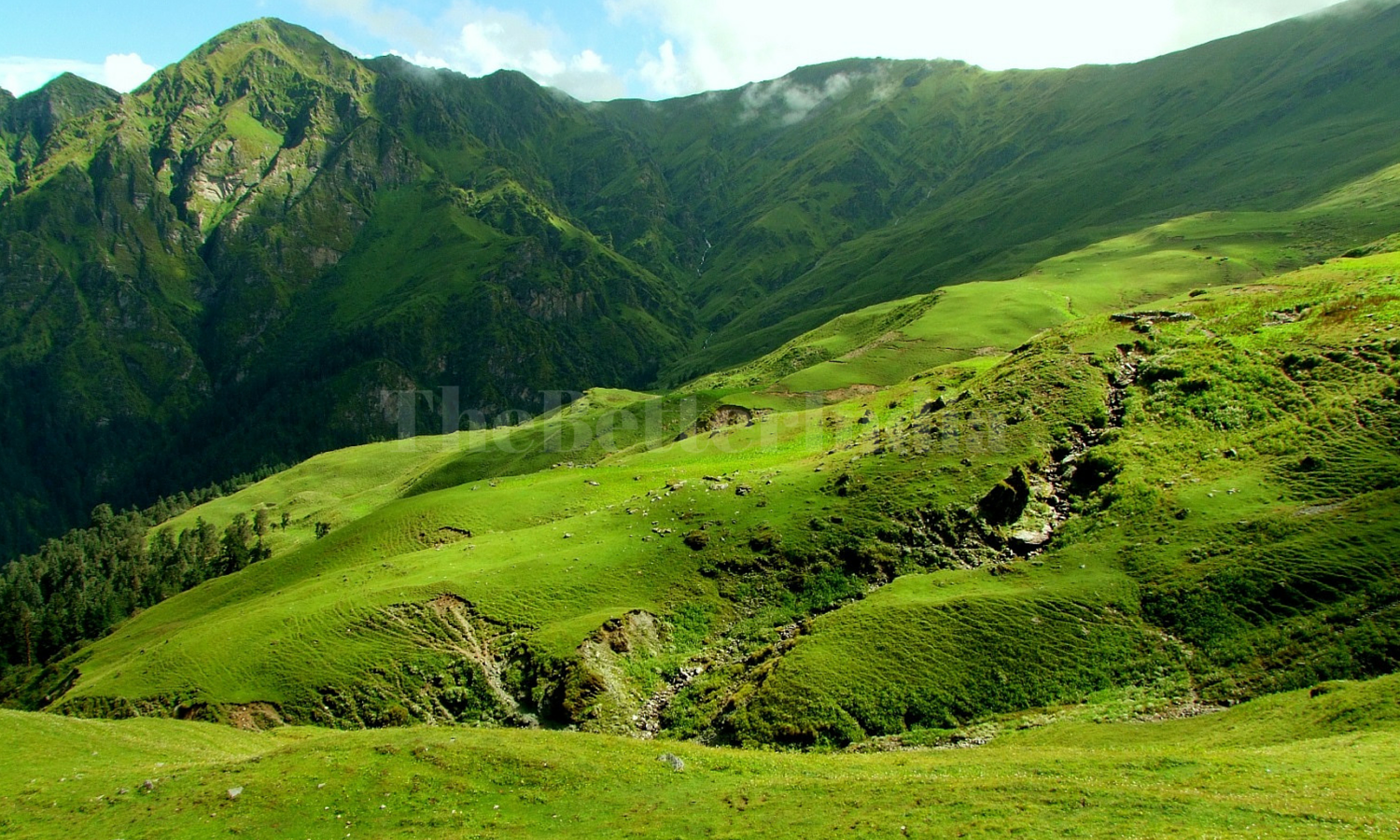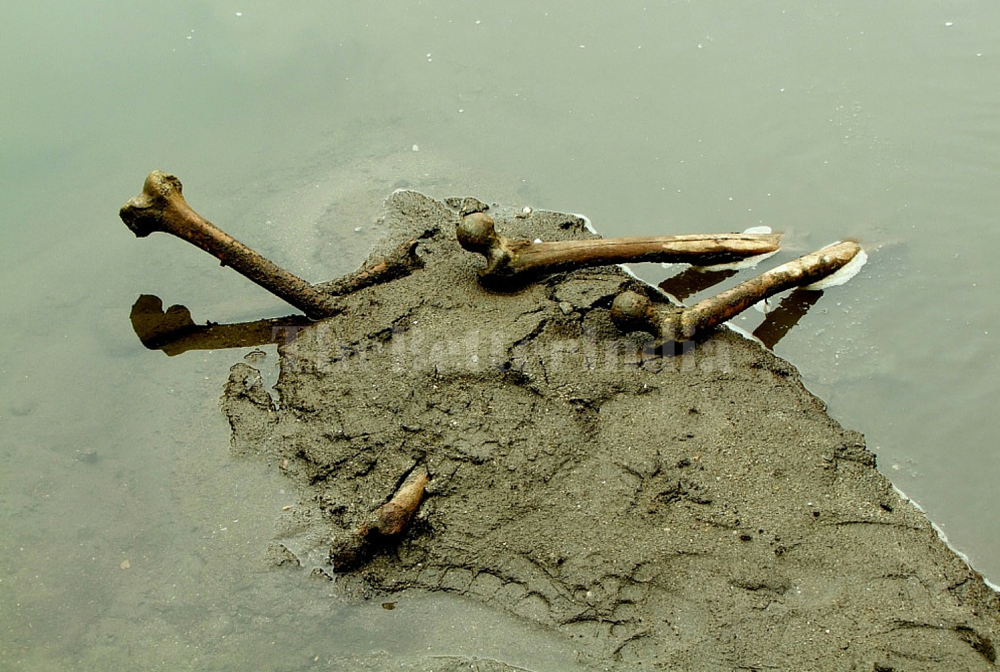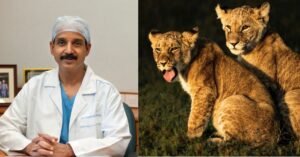Experience the Trek to the Enigmatic Skeleton Lake of Roopkund. In 10 Stunning Photographs.
A trek to the lake of Roopkund in Uttarakhand has of late gained popularity among the trekking community. The relatively easy journey offers the perfect amalgam of adventure and the Himalayan bliss. Enjoy the beauty of the region with these awesome pictures.
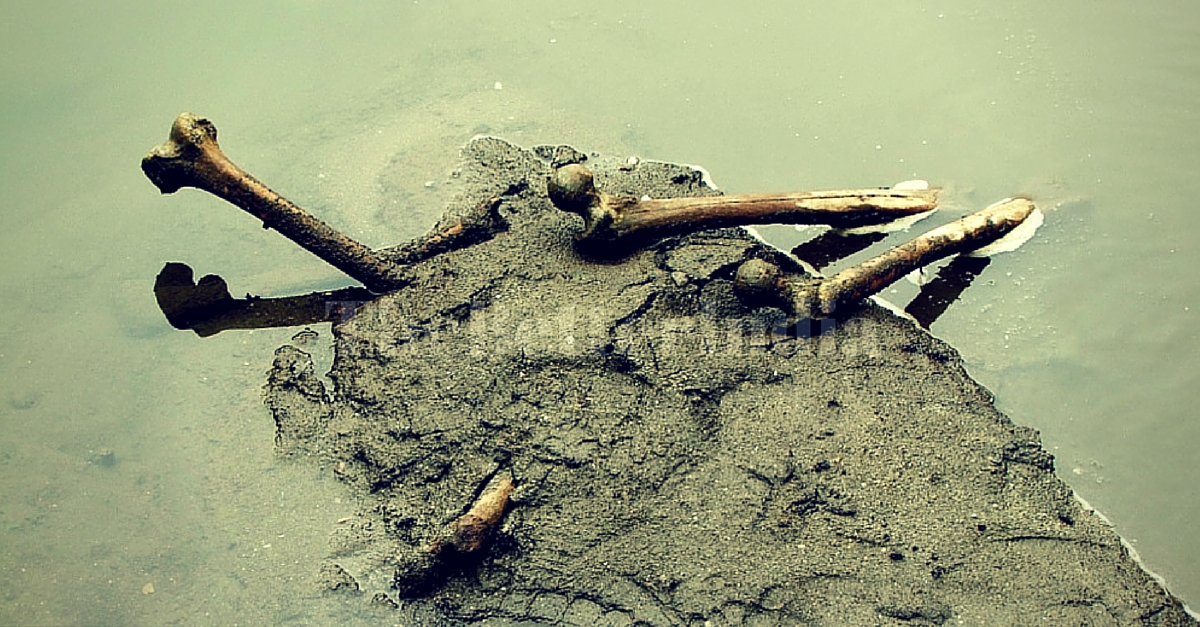
A trek to the lake of Roopkund in Uttarakhand has of late gained popularity among the trekking community. The relatively easy high altitude journey offers the perfect amalgam of adventure and Himalayan bliss. However, most of the treks are organized before the onset of monsoons or in autumn due to the heavy rainfall received by the region. For those willing to suffer the discomfort of being harassed by incessant showers, a novel experience awaits as the splendour of mountains washed by the rains is hard to match.
Monsoon in the hills of Uttarakhand
During monsoons, the hills are awash with a frenzy of green that intoxicates one’s senses. Cozy compact houses with slate roofs, nestled comfortably amidst terraced fields burdened with lush crops, add to the beauty of mountains. Though summer and autumn offer excellent views of the Himalayas, travelling deeper in the hills in the rainy season has a charm of its own that is seldom relished by trekkers.
The alpine grasslands of Bedni Bugyal
The high altitude alpine grasslands or bugyals in Uttarakhand, with slopes of soft green grass dotted with colourful flowers stretching for miles, are a sight to behold during the monsoons. The twin grasslands of Bedni and Ali Bugyal are painted green as incessant torrents lash the exposed landscape during the rainy season. Due to the pristine flora found there, they are the favourite haunts not only for nature enthusiasts, but herders looking for pastures for their sheep and goats as well.
Trishul massif from Bedni Bugyal
It is hard to miss the towering massif of Trishul from Bedni Bugyal – its stature commanding awe and respect. During early mornings and late evenings, the clouds and sunlight play hide and seek on the mountain, regaling the onlooker with a spectacle that gets etched in one’s memory forever. One can also witness myriad patterns of clouds encircling the summit or swirling on its knife edge ridges.
Experiencing Nanda Ghunti from Bedni Bugyal
Compared to Trishul’s commanding presence, Nanda Ghunti is the manifestation of coyness and grace. In the rainy season, its snow covered slopes are often hidden behind a veil of mist. Often at dawn, it breaks free from the grasp of the persistent clouds and glimmers in the morning sunlight. Framed against the green slopes with its reflection in the waters of Bedni Kund, the mountain adds to the magic of a stay in Bedni Bugyal.
The campsite of Baguwabasa
Imagine a place littered with boulders and crumbling glacial debris — where the lack of oxygen is palpable, where vegetation is limited to stunted grass and the much vaunted flower of Brahma Kamal, and where merciless winds compel the clouds to dance to their tune. Here in the campsite of Baguwabasa, perched at a height of around 4,700m, the irritated mountains looking down upon puny humans from their majestic thrones, scorn at the unwelcome visitors and scoff at their ambitions.
On the trail to Roopkund
The four kilometre trek from Baguwabasa to Roopkund is a test of mental and physical strength. A narrow trail fraught with the dangers of rock fall scurries across the steep slopes with narrow winding valleys protected by high mountains on the left, and crumbling cliffs to the right. Narrow streams born in the belly of the earth tumble down the slopes, weathering the desolate landscape just like the thin atmosphere wears down the morale of a trekker.
The Skeleton Lake – Roopkund
The glacial lake of Roopkund, situated at a height of around 5,000m, is popular not only for its natural beauty but also for the many skeletons found scattered around and in the lake. The remains date back to the 9th century, but the identity of these ill-fated people and their last moments are still shrouded in mystery. The legend of the lake is entwined with the Nanda Devi Raj Jat, a pilgrimage undertaken every twelve years in Uttarakhand, and some believe that the skeletons are of pilgrims who were caught in a murderous hailstorm near Roopkund.
Navigating the high altitude Col of Jyura Gali
Jyura Gali translates to the alley of death, and this scary high altitude Col does justice to its name. Located above the lake of Roopkund, the Col is a narrow path carved in a precipitous cliff with a sheer drop on one side and jagged rocks on the other. For most months of the year, the pass is impassable due to heavy snow, but monsoon and early autumn provide a window for adventurous trekkers to navigate the Col and cross over to Shila Samudra, the ocean of boulders.
Shila Samudra, an Ocean of Boulders
Shila Samudra, or the ocean of boulders, is a moving mass of gravel, soil, rocks and ice peppered with dark ice caves and invisible crevasses. In the rainy season, the meadows adjoining the glacier host a variety of flowers on a silky carpet of green grass. Shila Samudra is surrounded by menacing snowy mountains and is completely cut off from civilization. One has to undertake strenuous 22km trek through dense jungles to reach the nearest village.
The birth of Nandakini
From the bosom of Nanda Ghunti, rises the river Nandakini that descends to the valleys below, carving the mountains in spectacular gorges. It flows rapidly to meet the River Alaknanda, coming from Badrinath at Nandprayag. From the campsite in Shila Samudra, one can relish a panoramic view of Nanda Ghunti drowning in clouds, with the milky Nandakini snaking down the slopes.
How to get there
The base camp for the trek, Wan, is accessible from Kathgodam (around 210km) or Rishikesh (around 270 km), both of which are well connected by road and rail to New Delhi. Buses are available till the village of Deval (around 27 km from Wan) from where one must hire local jeeps for further travel.
Where to stay
Guest houses are available at the villages of Wan and shepherd huts can be used at Bedni Bugyal, but pitching tents is preferable. Beyond Bedni Bugyal, tents are the only option for accommodation.
What to eat
One must carry ration for the complete duration of the trek as nothing is available beyond the village of Wan.
Like this story? Or have something to share? Write to us: [email protected], or connect with us on Facebook and Twitter (@thebetterindia).
This story made me
- 97
- 121
- 89
- 167
Tell Us More
We bring stories straight from the heart of India, to inspire millions and create a wave of impact. Our positive movement is growing bigger everyday, and we would love for you to join it.
Please contribute whatever you can, every little penny helps our team in bringing you more stories that support dreams and spread hope.





